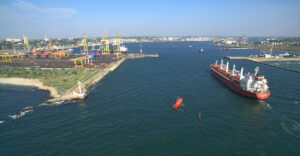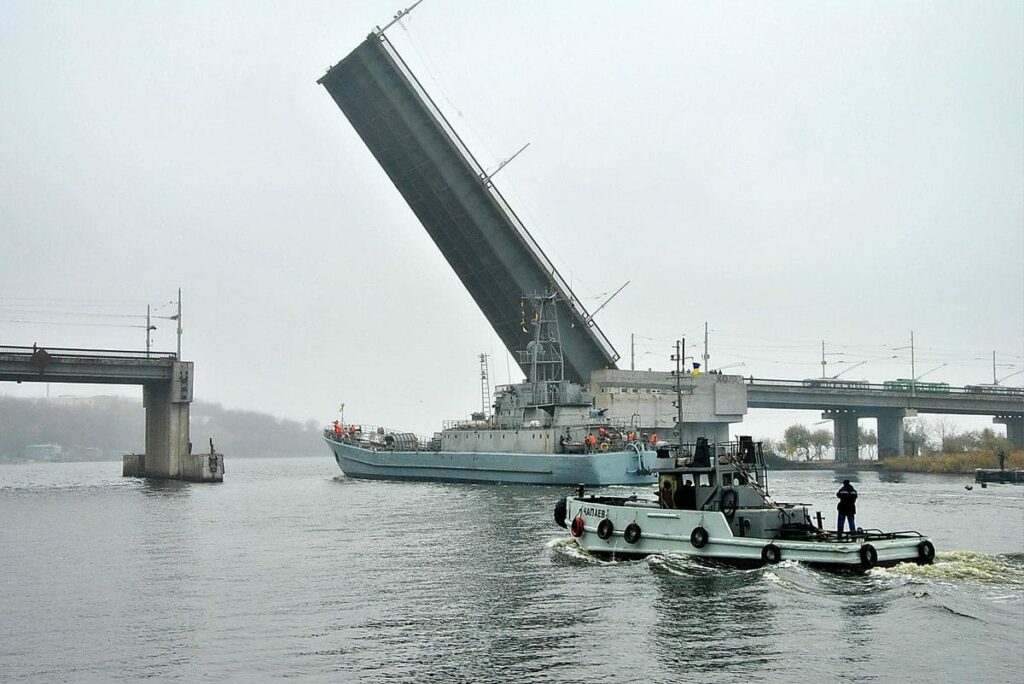Smuggling and ports: why do criminals choose Ukraine?
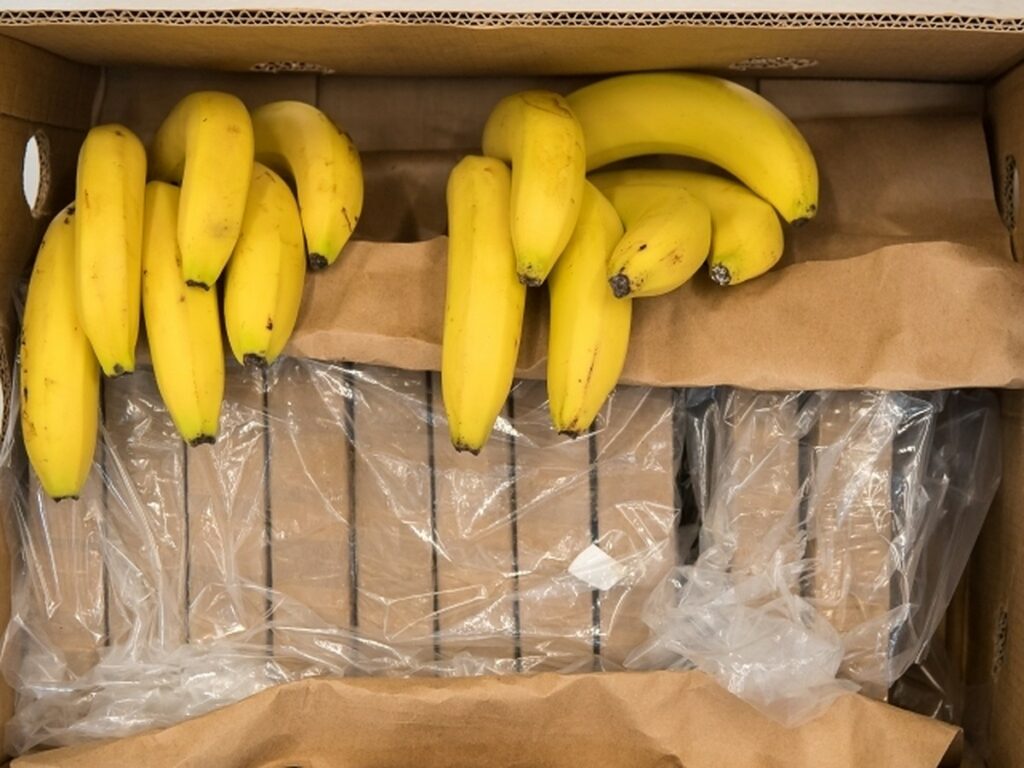
Drugs, cigarettes and many other goods are smuggled, most often, to the countries of the European Union. And Ukraine, being at the intersection of several international transit routes, is becoming a real paradise for smugglers.
From 2013 to 2017 the volume of smuggled supplies to Ukraine have averaged about $10.6 billion per year, or 8.7% of GDP.
In 2019, Ukraine has lost about UAH 5 billion (USD 186.2 million) of revenues to the state budget only due to cigarette smuggling.
In the first half of 2020, they had tried to smuggle this product through the border of Ukraine about 390 times – and these are only those cases that the State Customs Service has managed to suppress. The department confiscated tobacco products in the amount of UAH 12.8 million (USD 476.8 thousand). The volume of illegal import of cigarettes has amounted to 291 cases of illegal import in the amount of UAH 5.5 million (USD 204.8 thousand), and exports – 99 cases in the amount of UAH 7.3 million (USD 271.9 thousand).
According to Natalia Bondarenko, Director of External Relations of the Ukrainian branch of Philip Morris, the main reason for the development of illegal trade in tobacco products in 2016-2019 was that due to soaring excise tax, prices for legal products are growing much faster than consumer income.
In general, according to the website “Ni contrabandi”, over the past three years, the illegal cigarette market has cost the state about UAH 8.5 billion (USD 316.6 million).

As for drug smuggling, in the first half of 2020, 303 attempts to smuggle drugs in and out of drugs across the customs border of Ukraine have been recorded. The total cost of the seized drugs on the black market is estimated at more than UAH 3 billion (USD 111.7 million). And in the first half of 2021, customs officers have already prevented more than 340 attempts of illegal flow of drugs, psychotropics and precursors with a total weight of more than two tons.
Since Ukraine is located at the crossroads of several international transit routes, during the transit of drugs, a certain part of the goods remains in the country. As a result, Ukraine is transforming from a transit state into a place where drugs are distributed and used.
Because of this, in recent years, the spread of drug addiction and an increase in the level of drug-related crime have been observed in Ukraine. For example, if in 1991 only 30 thousand drug users were officially registered, now the number of such people can already reach about 800 thousand.
Most often, criminal cases are opened under Section 305 of the Criminal Code on the smuggling of drugs and their precursors. But over the past 5 years, the number of convictions under this section has begun to decrease: since 2014, 18-23 cases have been opened annually under the section on smuggling in Ukraine, but only 2-4 cases are convicted per year.
According to the chairman of the State Customs Service Pavel Ryabykin, the system for controlling and combating smuggling is not effective enough in Ukraine: inspection groups can check one region within a week, and they usually know about their arrival there in advance.
Ukrainian ports and smuggling: what is transported most often and where?
In Ukraine, smuggled goods are transported mainly through the ports of Big Odesa – Pivdenny, Chornomorsk and Odesa. Pivdenny remained the “record holder” in terms of the volume of detected smuggling in 2020, but this year the port gave way to Chornomorsk. Basically, bypassing customs and border controls, plotters try to transport tobacco products, ammunition and, of course, drugs. In the ports themselves, contraband is usually found in trucks, as well as in containers and refrigerators.
In 2020, the most resonant attempts to move drugs to the territory of Ukraine by sea were the smuggling of 112 kg of cocaine in the port of Pivdenny (the cost of the drug on the black market is almost UAH 500 million (USD 186.2 million), as well as an attempt to import 16 tons of smuggled cigarettes from a well-known import manufacturer in the port of Odessa, worth about UAH 20 million (USD 745 thousand).
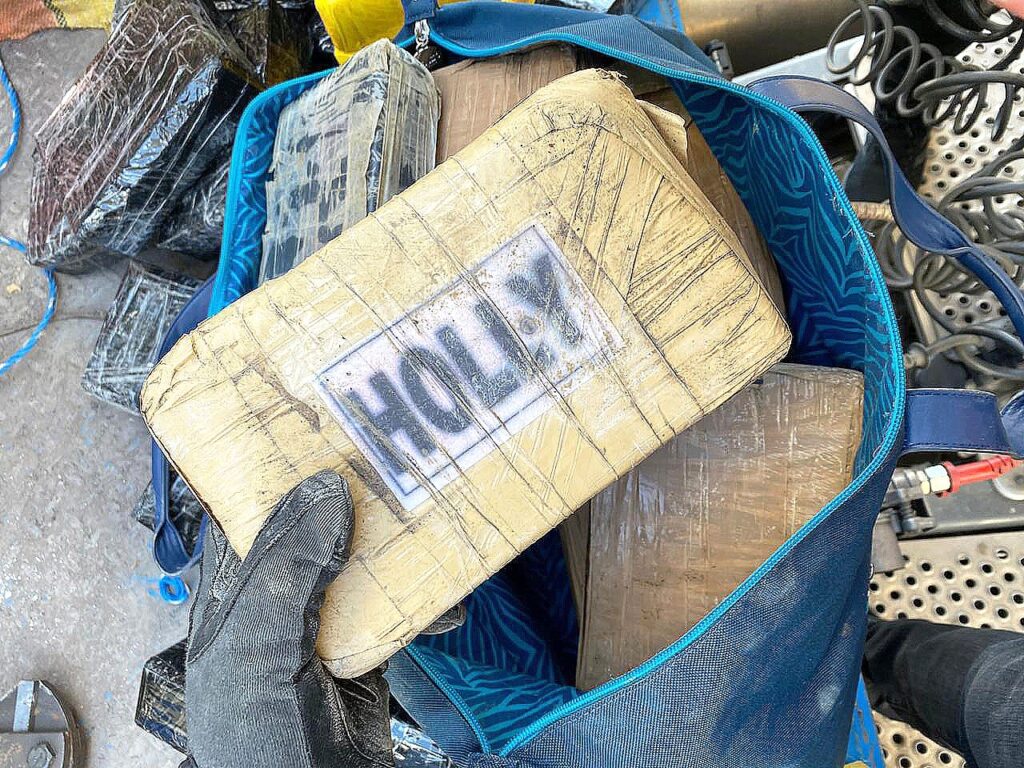
By choosing the sea route for the flow of contraband, plotters prefer to ship illegal cargo in a container or even in a refrigerator with fruit – thus, the operator of the vessel and the crew may not know that they are transporting the contraband.
Thus, the aforementioned record consignment of cocaine was shipped in a container with a cargo of bananas – about 112 kg of cocaine in 100 prepackaged briquettes. The cost of the drug on the black market is about $17 million.
In the port of Pivdenny in October last year, more than 50 kg of cocaine was found in a container with fruit, the cost of which on the black market exceeds $ 10 million.
The next month, in the same port, customs officers found a consignment of cocaine weighing 20 kg – the drug was brought to the port from Ecuador, and planned to send it to the address of one of the Ukrainian enterprises. According to the investigation, the smuggling was found in a container with bananas – cocaine was hidden in a refrigerator in 20 briquettes. On the “black” market, the seized consignment is worth about $4 million.
The Security Service of Ukraine stated that attempts to ship narcotics from Latin America to Ukraine have become more frequent in 2020.
Law enforcement officials explained the trend by the fact that Ukraine is a transit country for drug traffic Latin America – Europe.
In general, in 2020, officers of the State Customs Service have revealed 14 thousand violations of customs rules in the amount of UAH 2.6 billion (USD 96.8 million). Proximately the State Customs Service considered 4 thousand cases of violation and imposed fines in the amount of 178 million UAH 400 thousand (USD 6.6 million). Compared to 2019, the number of cases referred to in 2020 increased by almost 30%.
The year 2021 began with the revelation of the smuggling of a more “marginal” drug – heroin. The State Security Service officers managed to suppress the illegal activities of a transnational organized criminal group consisting of Turkish citizens. The plotters organized the import of more than a ton of heroin to the territory of Ukraine on a vessel that arrived at the Odesa Commercial Sea Port in December last year. The drug was hidden in a container among the food. The cost of the seized goods, at the prices of the “black market”, is more than 2.3 billion hryvnia (USD 85.6 million).
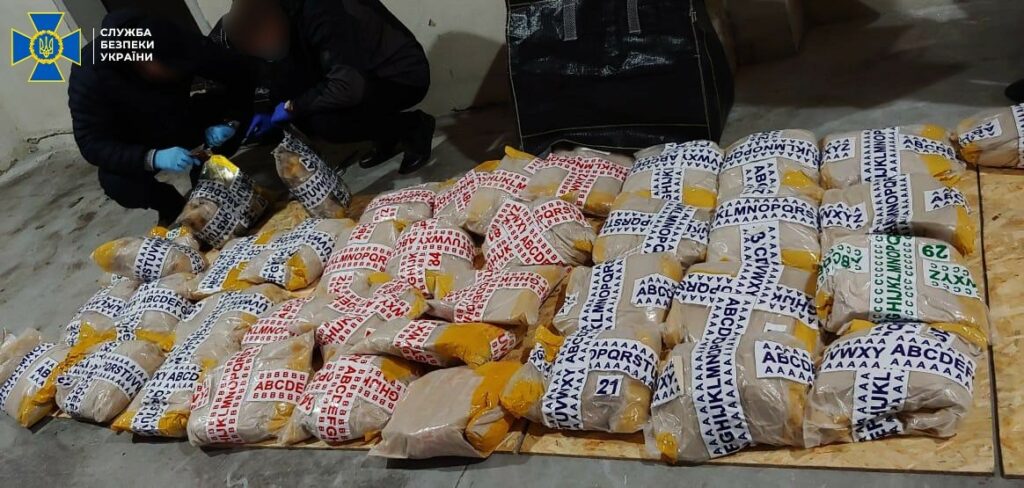
In March, within one week, border guards stopped three attempts to illegally shift cargo through the port of Chornomorsk – the operations were carried out literally for several days in a row.
First, the State Border Service found 1,300 boxes of foreign-made tobacco products while inspecting a container with a load of napkins. The plotters planned to deliver about 670 thousand packs of contraband cigarettes to Mariupol under the guise of napkins. According to preliminary estimates, the value of the revealed goods reaches UAH 20 million (USD 745.1 thousand).
Then the border guards of the Odesa detachment blocked a large-scale deal on the illegal import of more than 450 thousand packs of cigarettes worth about UAH 18 million (USD 670.6 thousand). More than 900 crates of contraband goods were brought to the port instead of plastic furniture. They planned to bring the cigarettes to Kyiv.
And the next day, in the port of Chernomorsk, border guards carried out registration of vehicles for departure to Turkey and found a batch of contraband amber products. The goods were packed in small packages and hidden in the cab of an IVECO truck. A Turkish citizen was driving the car. In total, the border guards received 17 packages of worked stone and finished amber jewelry with a total weight of 9.2 kg from different cabins.
At the end of the month, on a vessel in Chernomorsk, customs officers found Ukraine’s excise tax stamps, which would have been enough for 1.9 million bottles of alcoholic beverages. The truck arrived in Chornomorsk by ferry vessel from Turkey. According to the documents submitted to the customs, the Turkish company shipped clothes, shoes, rebars and 25 rolls of aluminum foil to the address of the Kiev enterprise.
In April, in the port of Chornomorsk, six packages with amber products were found in car trailers. The total weight of the jewelry was 5.2 kg.
In early June, border guards detained a Ukrainian-registered DAF vehicle, which had arrived at the port of Chornomorsk to leave Ukraine. Earlier, border guards received information about possible smuggling hidden in the back of the car. As a result, the border guards found hidden smoking sticks in the bottom of the trailer of the truck en route to Turkey. In total, 28 thousand packs of smuggled products were seized from hiding places in the bottom of the truck’s refrigerator. The cost of the goods is almost UAH 1.7 million (USD 63.3 thousand).
And at the end of the month, for the first time in a long period, cocaine smuggling was discovered in the port of Pivdenny. The drug was concealed on the vessel, in the ventilation hatches of a banana cargo container. In total, law enforcement officers found 46 briquettes of cocaine. The total weight of the drug was almost 57 kg.

The port of Odesa is less frequently featured in smuggling cases, but this may mean that customs and border controls are working properly, or vice versa.
Ukraine is trying to take measures to counter smuggling. For example, on April 2nd this year, President Volodymyr Zelenskyy announced the imposition of personal sanctions against 10 individuals associated with smuggling and the blocking of their assets. However, whether this will affect smuggling in Ukraine and its ports in particular, it will become known at least by the end of this year. Nobody knows yet what “Pandora’s boxes” will have to be opened during this time by customs officers and border guards.
The problem of smuggling in Ukraine is connected not only with the lack of sanctions or weak border/customs control, but also with a high level of corruption: with a special instruction from “above”, forced law enforcement officers can turn a blind eye to the same vessels, or simply not inspect the marked containers.
As a result, each new president of Ukraine promises to break this vicious circle of corruption, but later the system becomes overgrown with “necessary” people in the regions, and in fact another Ouroboros is born.


